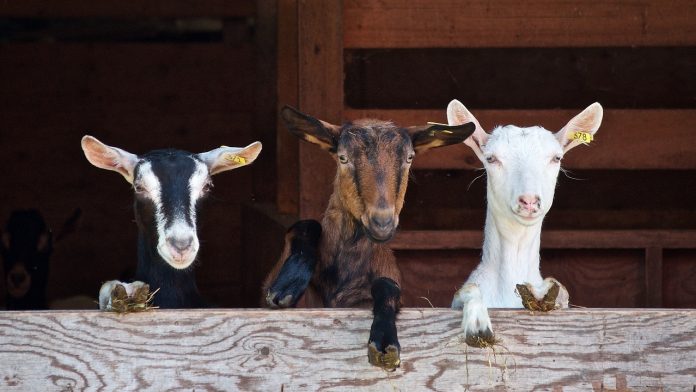One of the more difficult aspects of owning livestock of any kind is dealing with sickness, injury and death. If we could keep animals healthy all the time, life would be a lot easier and less stressful. But that is not reality.
As livestock owners, it is our responsibility to manage our livestock in a manner that best helps prevent any sickness and injury that could occur as well as provide timely treatment to prevent death and economic loss.
My husband and I mainly focus on poultry, but we have a few goats as well. After owning our goats for about five years, we, unfortunately, had the experience of losing one due to bloat.
In this article, I would like to talk a little bit about what bloat looks like in both cattle and small ruminants, and how we can prevent it.
Digestive disorder
Bloat is a life-threatening digestive disorder that can quickly kill a ruminant animal due to the pressure of buildup gas within the rumen. It can also be known as tympany due to the drum-like sound that can be heard by tapping on the animals’ distended abdomen.
The fermentation process that occurs within the rumen creates both carbon dioxide and methane gasses and are usually discharged by belching. When an animal is unable to expel these gasses on their own, pressure is put on the diaphragm, inhibiting their normal breathing, and that’s when bloating occurs.
If the pressure is not released, breathing can become difficult and heart failure can occur, causing an animal to deteriorate rapidly.
Two main types
The two main types that we see are frothy bloat and free gas bloat. Frothy bloat is primarily seen in the spring and fall due to livestock overeating lush, legume-dominated pastures that are in vegetative and early bud stages and is therefore referred to as pasture bloat.
Free-gas bloat is referred to as grain bloat and occurs when an animal is unable to belch to expel the gas. The inability to belch may be caused by an obstruction or a quick change in feed and its digestibility.
Grain overload may happen as the grain is broken down and ferments as usual, but because the rumen is not used to the high digestibility, the pH drops and reduces ruminal contractions. When these contractions do not occur within the rumen, gas can not be expelled properly and will accumulate quickly, creating the bulging abdomen that we notice.
Bloat can occur on any forage that is low in fiber and high in protein and is usually found in sheep and cattle when they are first turned onto legume pastures.
When putting animals on lush pastures, especially ones with a lot of clover and in particular, white clover, make sure the animals are not overly hungry and that the pasture is dry.
My husband asked me, “Why did only one of our goats get bloated? They were eating the same thing.”
The reason that crossed my mind is that animals who are greedy feeders are more susceptible to bloat, but you just never can be sure.
All we know is that we have had a period of dry weather this summer, apart from downpours of rain over the past few weeks. The goats had access to the pasture during these rainy periods, and it was probably still dew-covered, a scenario I mentioned before that should be avoided. These summer rains can increase the incidences of bloat because they create periods of rapid plant growth, which livestock find tasty.
Preventing bloat
Preventative measures that can aid in the reduction of bloat include avoiding lush pastures in the spring and allowing the rumen to adjust to new feedstuffs. It is similar to when the vet tells you to change your dog’s food slowly because they need that time to adapt to the change.
Other ways to prevent bloat include not letting livestock graze on forages that are wet from rain or dew, including some sources of fiber during the initial grazing periods and checking animals for bloat every few hours during the initial grazing of a new pasture.
Preventing bloat is easier to do, especially in areas such as my county, where large animal vets are too few and far between to administer treatment.
Treatment
Treatment includes administering a stomach tube to help release the gas inside the rumen and is not always guaranteed to work. Once the tube is in place, it is easier to distinguish between frothy bloat and free gas bloat. If it is free gas bloat you will notice air escaping through the hose immediately. If it is frothy bloat, a foamy substance may trickle out of the tube indicating the need for an antifoaming agent to be administered.
If you are uncomfortable with the placement of a stomach tube, it is best to have a veterinarian place the tube to avoid accidentally placing any antifoaming agents into the lungs causing more damage.













